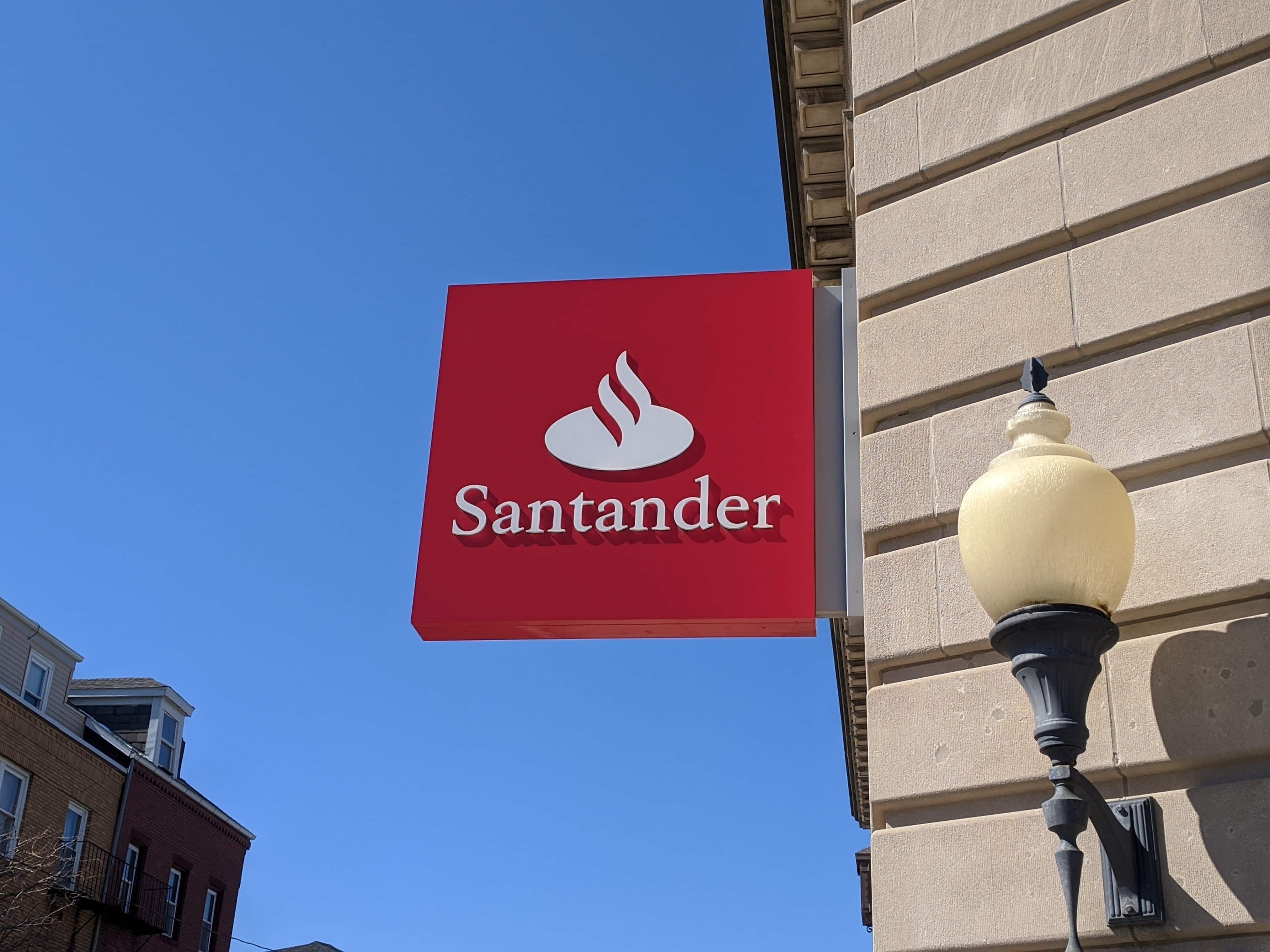Depositors at First Republic Bank pulled more than $100 billion out of the bank during last month’s crisis, as fears swirled that it could be the third bank to fail after the collapse of Silicon Valley Bank and Signature Bank.
San Francisco-based First Republic said Monday that it was only able to staunch the bleeding after a group of large banks stepped in to save it by depositing $30 billion in uninsured deposits.
It said it now plans to sell off assets and restructure its balance sheet, and lay off as much as a quarter of its workforce, which totaled about 7,200 employees at the end of 2022. Its stock tumbled more than 20% in after-hours trading Monday.
First Republic reported first-quarter results Monday that showed it had $173.5 billion in deposits before Silicon Valley Bank failed on March 9. On April 21, it had deposits of $102.7 billion, including the $30 billion the big banks deposited. It said since late March, its deposits have been relatively stable.
“We continue to take steps to strengthen our business,” Jim Herbert, the bank’s executive chairman and Mike Roffler, the bank’s CEO, said in a joint statement. Bank executives did not take questions from industry analysts during a call Monday about the quarterly results.
Before the failure of Silicon Valley Bank, First Republic had a banking franchise that was the envy of most of the industry. Its clients, mostly the rich and powerful, rarely defaulted on their loans. The bank made much of its money making low-cost loans to the rich, which reportedly included Meta Platforms CEO Mark Zuckerberg.
Even through the crisis triggered by the collapse of the two banks, First Republic’s book of loans more than 90 days past due was zero.
But its franchise became a liability when bank customers and analysts noted that the vast majority of First Republic’s deposits, like those in Silicon Valley and Signature Bank, were uninsured – that is, above the $250,000 limit set by the FDIC – which meant that if First Republic were to fail, its depositors would be at risk of not getting all their money back.
The bank said its profits fell 33 percent in the three-month period that ended March 31 from a year earlier, and revenues were down 13 percent.
Even as deposits fell, the bank’s loan portfolio grew during the first quarter. First Republic had total loans as the end of the first quarter of $173.3 billion, up 2.6 percent from Dec. 31 and up 22.6 percent year-over-year.
The bank said it used several other sources to shore up its funding, including short-term borrowings from the Federal Reserve and short- and long-term borrowings from the Federal Home Loan Bank. During Monday’s call, Roffler said “the outstanding credit quality of our loan portfolio” had helped the quickly access liquidity.
Roffler said commercial real estate made up 6 percent of First Republic’s total loans and had an average loan-to-value ratio of 46 percent.
“Strong credit quality has been a pillar of First Republic, and the strength of our portfolio was demonstrated again this quarter,” Roffler said.
First Republic has three branches in Boston on Boylston Street, in Post Office Square and on Federal Street, and branches in Cambridge and Wellesley.
Banker & Tradesman staff writer Diane McLaughlin contributed to this report.







